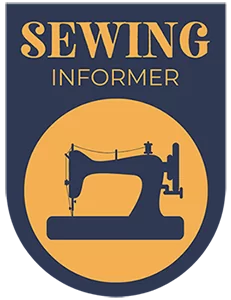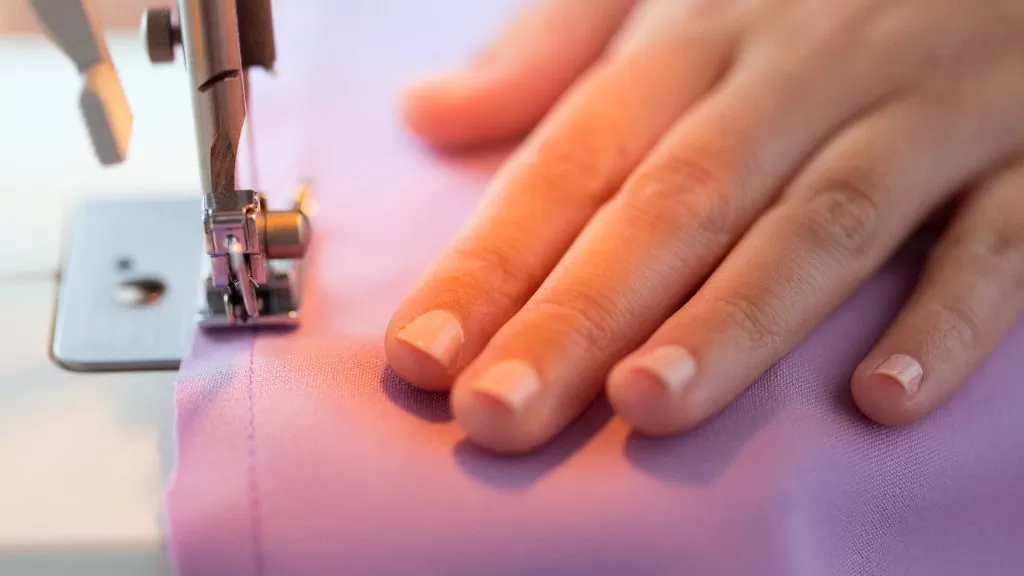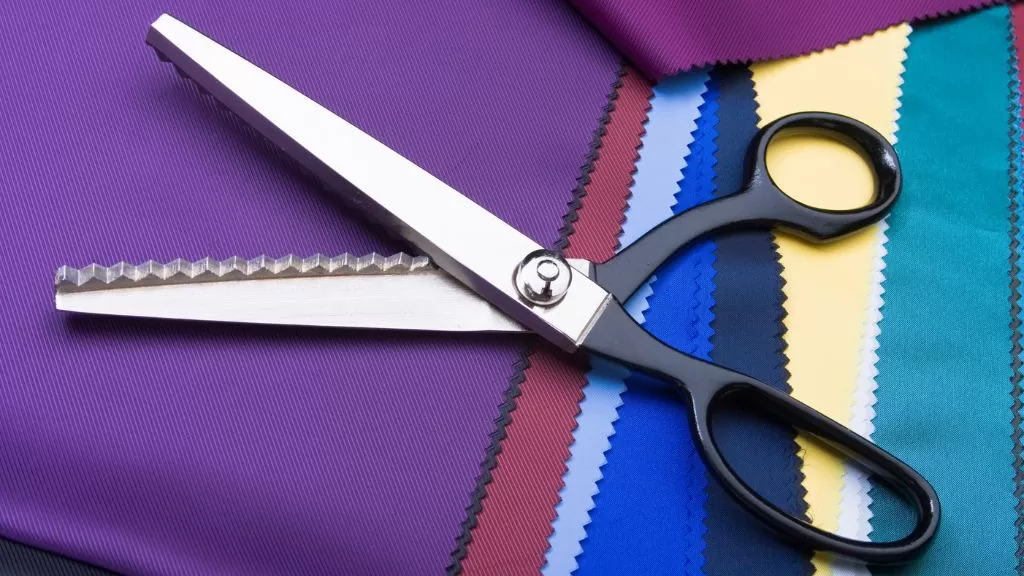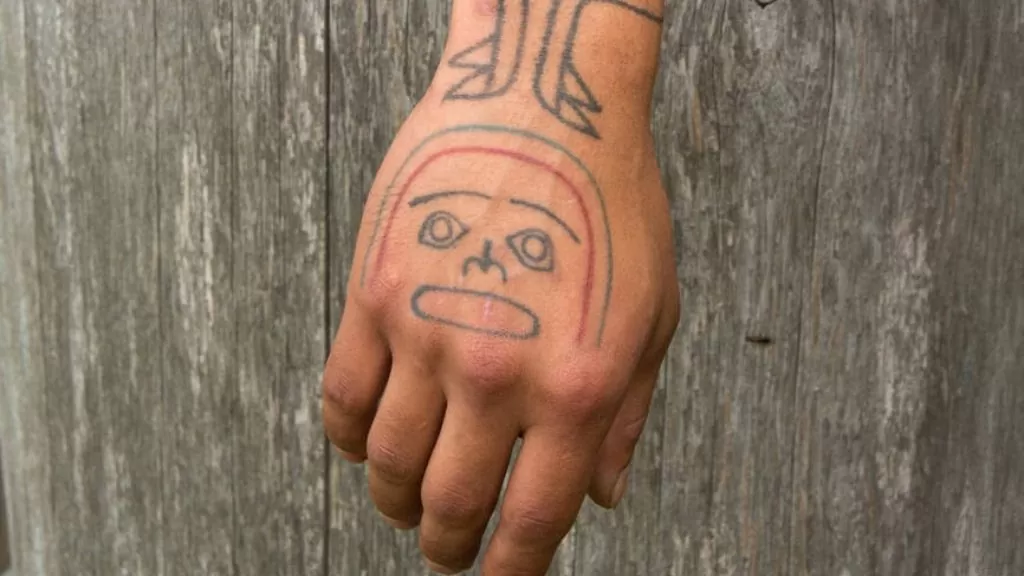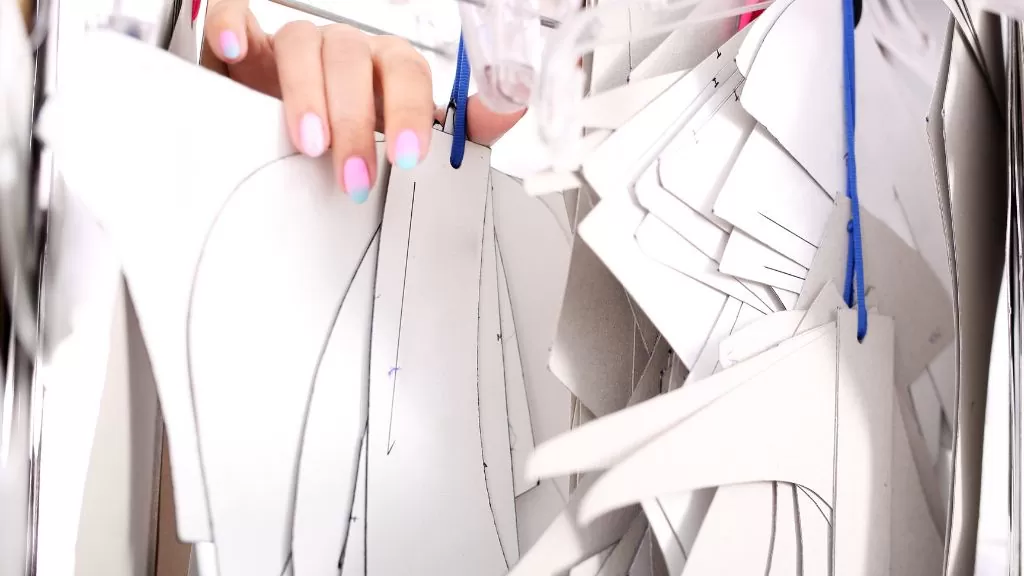As you may have known, a presser foot plays a big role in sewing machines. However, with the ever-changing technology that we have today, it’s no surprise that you can finish your sewing project perfectly without the help of a presser foot. If you are wondering, ‘can you sew without a presser foot?’, well the answer is right here.
Yes! However, it will take plenty of time and practice to perfect sewing without a presser foot. You will get a constant stitch rate when you have perfected this skill. You don’t need to worry about simultaneously moving your hands and feet when doing free-motion quilting or free-motion embroidery.
If you are a fan of sewing and you wonder if you really need a pressure foot for your project, well there’s is no need to look further. In this article, I will discuss what you need to know about using a sewing machine without a pressure foot. Aside from that, I will also talk about the roles of a presser foot in your machine and anything else you need to know about it.
Sewing Without a Pressure Foot: Do You Really Need It?
When it comes to sewing technology, we can all agree that it has come a long way. Nowadays, you can easily complete a sewing project with great results without a pressure foot. This is possible by purchasing computerized sewing machines. There are plenty of manufacturers that create these types of machines.
Brands just like Janome and Brother are known to not have a pressure foot. These machines are dependable, good, and will get the job done with quality. So, it is not always right to assume that machines without presser feet can’t do what you want them to do.
Sewing machine brands that don’t have pressure feet usually use a speed controller side that can control the speed of stitching while you are doing your sewing project. You can move the lever horizontally and you can get the fabric where you want it to go.
While doing your sewing project, you can move the lever to the left and it will slow down. If you move it to the right, then it will speed up.
Now, there are other brands that have a ‘lock foot pedal’. This is an extra feature that usually comes with some sewing machines. These machines are usually electric-powered and are great for those just starting out their sewing journey.
You can also find older sewing machines that don’t have a foot pedal but rather have a knee pedal. Aside from that, you can also find dial selectors, touch screens, and pushbuttons on these types of machines instead of finding a foot pedal.
A presser foot’s responsibility is not the only way to keep your fabric moving steadily while doing your sewing project. There are plenty of other features that can get the job done efficiently and effectively. However, you can get the same beautiful result without needing to use a pressure foot.
Sewing Without a Presser Foot: How to Do It
Sewing machines today come with a start and stop feature where it replaces the function of a foot pedal. You can select any options that you want according to the type of project you are doing and according to your preference.
The following will talk about the different methods that you can do with your sewing project without a presser foot.
The Start or Stop Button on the Machine
In this type of presser foot-like feature, you would need to remember that the machine should be plugged into a power source. If the machine is not plugged in and doesn’t have a power source, it won’t work.
With this simple button, you can simply press the button and start your sewing project. You don’t need to worry about not having a presser foot. Once you are done sewing your fabric, all you have to do is press the button again.
Free Motion or Darning Foot
The free motion method is great for those sewers who are working on a quilting project. It allows for free motion quilting which means the feed dogs would be released during the sewing process. There are different sizes and shapes available for the sewing feet.
There are oval or square-shaped feet that have an open or closed toe free motion foot. Depending on your preference and your project, you can find these different types on the market.
In addition to that, the presser foot that has an attached spring will create a foot hop with every stitch that you do. The result when stitching your fabric is the foot will trace it. When you pause stitching, the foot will spring from the fabric.
When the stitched fabric has a dense coat below it, this feature will have additional benefits during your sewing project.
Now, take note that in some free-motion feet the spring would not be available. So, instead of the hopping motion, the feet will move over the cloth. For some sewers, hoping can be a bit annoying and they would prefer the floating foot instead.
With the hoping feature, you can achieve your expected stitch pretty easily. This is the case because the fabric moves without any interruption in any direction.
When the feed dogs are attached during the sewing process, the fabric will move either backward or forward. So, if you prefer to sew with free motion, be sure to minor the feed dog, and attach your free motion quilting leg machine. Doing this will make your sewing process a lot easier.
With all the information that I’ve provided above, you can definitely sew without your presser foot. There’s no need to fret if your presser foot suddenly broke down or goes missing!
Roles of the Presser Foot in Sewing
The main role of a presser foot is to assist in feeding fabric on the machine at a steady rate. Now, as you may have read above, a sewing machine will still work without a pressure foot. The main responsibility of it is to feed the fabric through the machine.
You, as a sewer, will manage the movement of the fabric while you are stitching. It’s almost like you are just guiding the fabric while you are sewing. The presser foot is considered to be the accessory of a sewing machine which is at most times already included in the package.
Another role of the pressor foot is it will keep the fabric you are working with in place. It can be used in fabrics such as cotton, plastic, jeans, and so much more. The pressure foot is usually aligned with the presser foot bar and it works with adjustable spring-loaded pressure. With this mechanism, it will hold the fabric in place.
There are plenty of different types of the presser foot. First is the straight foot and it has a smaller gap on the presser foot than the other types. The foot on this type of presser foot is in contact with the needle plate of the sewing machine. It usually applies more pressure to the feed dogs and can help the fabric feed through rather than being chewed up under the plate.
Second, we have the zipper foot and as per its name, the primary role of this presser foot is for inserting zippers, piping, or cording on your project. It allows the needle to stitch close to the edge. It is considered to be an important accessory for those who are focused on fashion sewing and home decor products.
The third kind is the satin foot and it is also known as an ‘applique’ or ‘special purpose’ foot. At most times, it is used for decorative stitching or surface embellishments. It has a tunnel or groove placed on the underside that will allow the foot to glide freely over the heavy stitching or decorative stitching you are doing.
Lastly, we have the zigzag foot which has a wide opening and allows the needle extra movement from side to side. You can use this pressure foot in plenty of decorative stitches. You can rest assured that it can cope with wide and narrow zigzag stitches that you may need on your sewing projects.
Now, these are just some of the popular presser foot. There are other types of presser feet that are designed for different tasks. They can be made out of clear plastic or steel.
Final Thoughts
A presser foot is important in some cases but you can live without it. Now, even if you can use your machine without a presser foot don’t think that they are not a mandatory part of your machine. Now, there are sewers that think it can be a bit difficult to not have a presser foot on their machines. However, due to technological advancements, foot pedals are being replaced by easier features. If you are not able to use a foot pedal for any reason at all, you no longer have to worry since there are machines that are made for you. Hopefully, you have found the answer to your question with this article.
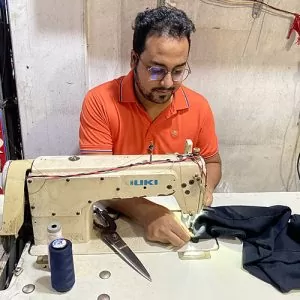
I love to sew and write! I have been doing both for many years and enjoy sharing my passion with others. I have written for both online and offline publications including Amazon and Medium, and I enjoy sewing clothes, quilts, and other items.
My writing style is engaging and lively, and I have a knack for delivering complex information in a way that is easy for everyone to follow.
